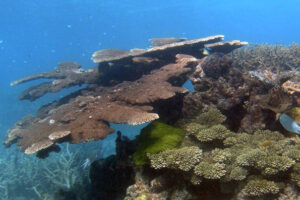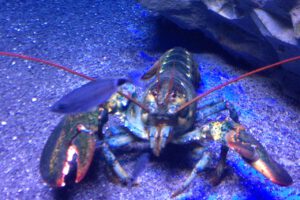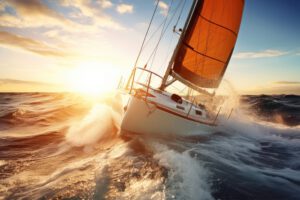
The new frontier of responsible tourism
Imagine spending a day on board a fishing boat next to fishermen, learning
about the coastal environment and the secrets hidden within the depths of the
sea, observing ancient and fascinating fishing methods, tasting freshly caught
fish, rediscovering traditional local recipes, practice actual fishing, while diving
in places inaccessible from ground routes that are small naturalistic jewels.
all this is now possible, it’s called
Fishing tourism
Last summer many tourists were able to experience this exciting novelty in
many Italian locations, from Punta Campanella in Campania to Lipari and in
Valdèmone in Sicily, but also in the Venetian lagoons, in the Tuscan
Archipelago, in the small islands of Sardinia and along the fascinating
Ligurian coast.
Taking part in a fishing holiday will let you know some of the most popular
fishing systems in our country. An opportunity to learn something more about
the fishing craft, to which we want to prepare you for, providing you with some
simple information on the various tools used by fishing tourism cooperatives
that you find on this site.
In Campania, Liguria, Sardinia, Sicily, Emilia Romagna and Lazio, you can
participate in a fishing trip with the “NETWORKS”, nets left at sea waiting for
the fish to stumble in them remain stuck. A technique also known in antiquity,
very little has changed over time. The most famous are:
The “TREMAGLIO”, a very particular net that is lowered to the bottom to
capture valuable species, such as lobsters. It is composed of three nets with
different meshes: the fish, entering it, easily pass the first net, with larger
meshes, and remains bagged in the second, while the third precludes any
possibility of exit;
the “FERRETTARA”, formed instead by a single net with different meshes
depending on the species to be fished. In this case, the fish remains
harnessed with the head in the meshes, and cannot get out anymore.
The “NASSE”, which you will find in Campania and Lazio, are instead of small
traps, built with wicker or nets mounted on wood and iron, triggered with baits
of different nature depending on the species to be fished. They are defined as
“mobile traps” because they are pulled on board every time the fish is taken,
and thrown back into the sea for a new harvest. They are equipped with a
funnel “inlet” in which, once lowered into the sea, the fish, attracted by the
bait, enters and remains trapped.
“PALANGARO”, also called “PALAMITO” or “COFFA”, uses baited hooks
with natural/artificial bait, with olfactory or luminous attraction. On a long
cable, numerous hooks are mounted at regular intervals, then lowered near
the bottom (this is the case of the cod) in half water or on the surface (as with
tuna) depending on the species to be captured. You can try this type of
fishing in Liguria and Campania.
The “CIANCIOLO” is a surface “circuition” network: its characteristic is to be
very large, limited in the upper part by corks and floats, and in the lower part
by leads. Once identified a block of fish, it is surrounded by the boat, which,
by lowering the net, makes a complete turnaround the bench. The file of the
leads is then tightened, creating a bag that is pulled on board, loaded with
fish. This type of fishing tourism can be carried out with cooperatives
operating in Liguria and Campania.
Also in Campania, on the nights of July and August, you can take part in a
very special catch: the “TOTANARA”. It is a line system, with the
characteristic of having a special hook, the anchor, without baits. The squid is
attracted by the movement of the hook and by luminous lamps lowered into
the sea. The lines are lowered and kept under continuous control by the
fisherman. As soon as a specimen is hooked, recovery begins. The lines can
be held by hand or with a fishing rod, left standing waiting for a fish to bite it,
or moved around to encourage predators to chase the bait.
To see the harvest of mussels and clams, choose to go to Goro, in Emilia
Romagna. You can visit sea facilities where mollusks are harvested, or take
part in the catch with the “RASTRELLI” in the Sacca di Goro. These are
dented implements which, scraping the bottom, collect the clams within sacks
in a bag, separating them from the sand or mud. They can be towed on foot
or directly from the boat.
If these few notions are not enough to satisfy your curiosity, you can have
other more technical details by connecting with the site
www.federcoopesca.it/Initiative. In the “Fishing” section you can then find
detailed information on all fishing systems practiced in Italy.



